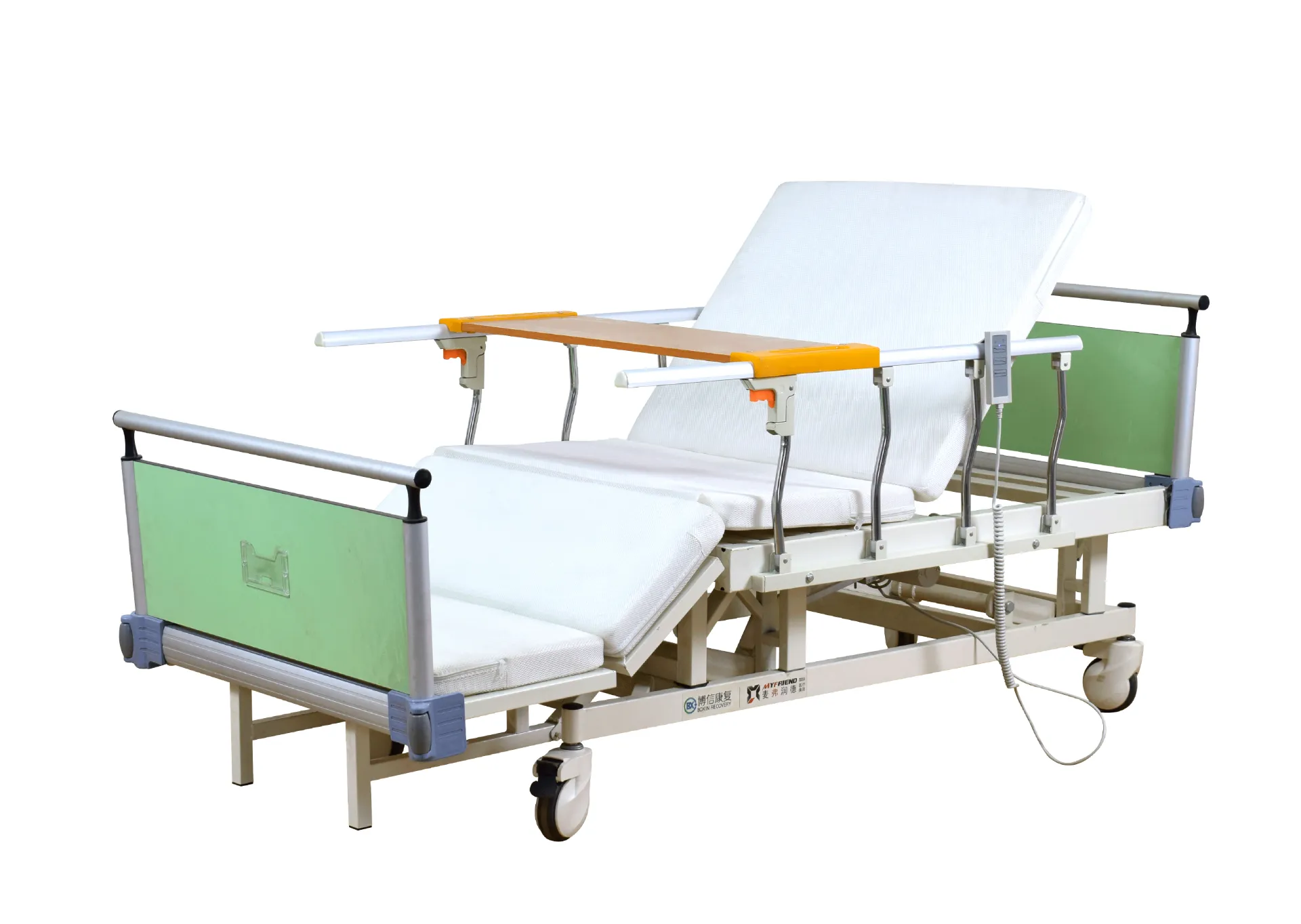Welcome to our websites!
Single Medical Bed - Comfort and Care for Patients
The Importance of Single Medical Beds in Healthcare Settings
In healthcare environments, the design and functionality of medical equipment play a pivotal role in ensuring quality patient care. Among these essential tools, single medical beds stand out as crucial components in hospitals, nursing homes, and care facilities. These beds, specifically designed for individual patients, provide numerous benefits that contribute to improved health outcomes, comfort, and safety.
Single medical beds are tailored to meet the diverse needs of patients, ranging from those recovering from surgeries to individuals requiring long-term care for chronic illnesses. One of the primary advantages of these beds is their adjustability. Most single medical beds can be raised or lowered to facilitate easier access for medical staff and caregivers. This feature is particularly important in reducing the physical strain on healthcare providers, allowing them to perform their tasks more efficiently while also minimizing the risk of injury to both patients and caregivers.
Comfort is another critical factor in the healthcare experience, and single medical beds are designed with patient comfort in mind
. Many of these beds come equipped with specialized mattresses that offer pressure relief and support for various body types. This is especially beneficial for patients who may be bedridden for extended periods, as it helps to prevent pressure ulcers, which can lead to severe complications. Additionally, single medical beds often feature side rails that promote safety by minimizing the risk of falls during mobility.single medical bed

Hygiene and infection control are significant concerns in healthcare settings, and single medical beds address these issues effectively. Many of these beds are made from materials that are easy to clean and disinfect, thereby reducing the likelihood of healthcare-associated infections (HAIs). This is particularly vital in hospitals where patients may have compromised immune systems. The ability to maintain a clean and sanitized environment helps promote faster recovery and lowers the risk of complications.
Moreover, single medical beds are designed with advanced technology that enhances patient monitoring and care. Many modern beds come equipped with built-in sensors that can track vital signs, movement, and other significant indicators of a patient's condition. This immediate access to data allows healthcare providers to make informed decisions about treatment and interventions. Additionally, some beds offer remote control functionality, enabling patients to adjust their positions with ease, thus promoting independence and comfort.
In addition to practical benefits, single medical beds also contribute to the emotional well-being of patients. The individualization of care provided by these beds fosters a sense of dignity and personal space, which is often lacking in shared or multi-patient environments. By providing a private area for rest and recovery, single medical beds can significantly enhance a patient’s overall experience in a healthcare setting.
In conclusion, single medical beds are an indispensable element of patient care in hospitals and healthcare facilities. Their ergonomic design, emphasis on comfort and safety, ease of hygiene maintenance, and incorporation of advanced technology make them essential for delivering high-quality care. As the healthcare industry continues to evolve, the importance of single medical beds will undoubtedly remain paramount, ensuring that patients receive the individualized care they require for optimal recovery and well-being.
-
Navigating the Wholesale Landscape of Electric Mobility Solutions: Key Considerations for Power Wheelchair DealersNewsJun.10,2025
-
Navigating the Wholesale Market: A Comprehensive Guide to Procuring Wheelchairs and Mobility EquipmentNewsJun.10,2025
-
Navigating the World of Wholesale Rehabilitation Equipment: A Guide for DistributorsNewsJun.10,2025
-
A Wholesaler’s Essential Guide to Sourcing Hospital Furniture: Key Considerations with Hebei Boxin Recovery Equipment Co., Ltd.NewsJun.10,2025
-
A Wholesaler’s Definitive Guide to Sourcing Hospital Beds: Key Considerations with Hebei Boxin Recovery Equipment Co., Ltd.NewsJun.10,2025
-
Unveiling the Secrets of Sourcing High - Quality Medical Exam Beds for Sale: A Wholesaler's GuideNewsJun.10,2025
-
Essential Equipment for Ambulance and Emergency CareNewsApr.17,2025











